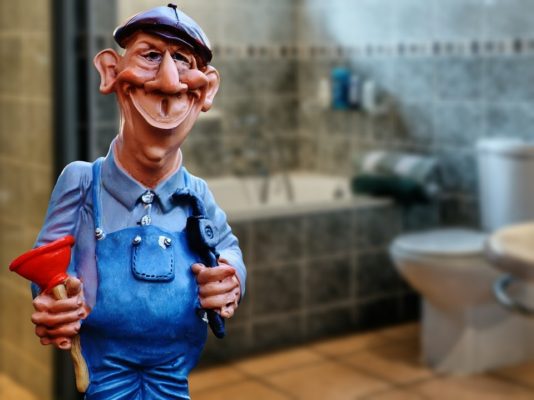
Flooding and water damage are a cause of much worry among homeowners. While there is little that can be done once your home is flooded, there are some preventive measures that can help you tackle the problem in early stages.
It’s much better to adopt these measures than to land up with the challenge of cleaning and restoring a flooded area.
1. Slope and gradation for drainage
It is important to protect your home from flooding and water damage due to external factors like the main street flooding. Unless the grading of your yard is done properly, there is a huge possibility of water entering your house from the yard.
In order to prevent flooding, you should make sure that the slope of the yard leads the flow of water away from your house and not into it.
2. Sump pump checkup
The sump pump may not appear to be actively involved in your house’s waterproofing, but it is one of the vital equipment for saving your basement from flooding and water damage.
It is therefore quite necessary that you check your sump pump once in a while and stay assured that it’s functioning well. With regular inspection and maintenance, you could forestall expensive repairs and costs of emergency water damage restoration.
3. Never ignore leaks
One of our most fundamental plumbing advice for homeowners is to never ignore leaks. No matter how tiny or insignificant the leak may appear today, it carries the potential to wreak havoc in terms of water damage.
And you should never take outdoor leaks lightly. Continuous seepage from leaking outdoor pipes may harm the foundations of your building. Leaking drainage pipes should be mended as soon as possible.
4. Regular maintenance of gutters and downspouts
You probably couldn’t care less about the gutters and downspouts when you already have hundreds of domestic chores to be settled. But do you know, what’s the wisest thing to be done?
You should schedule maintenance of gutters and downspouts at least once or twice a year. There may be debris and waste backed up in the gutter and such clogs could lead to flooding in your home very soon.
5. Check indoor moisture levels
Moisture meter is a great tool to keep a check on impending water leaks in areas prone to water damage. You should at least install a moisture meter near the sump pump.
This way you will be alerted anytime there is a high moisture level around, and you can watch out for a leak before it hits in full swing.
6. Look out for mold growth
Mold growth and rotting may appear as the first signs of water damage. It may be that the mold is growing behind the furniture or under the sink and may go unnoticed.
That’s why you should pay special attention to not just the visible growth but also to any foul musty smell. Detecting mold growth can lead you to hidden internal leaks which can cause extensive water damage overtime.
7. Manage waste disposal
Managing waste disposal can save you from drastic consequences due to clogging and flooding. Many homeowners are guilty of dumping tissues, plastics and hygiene products down the toilet. While you may be more thoughtful and aware, you may still be at fault when it comes to kitchen waste disposal.
The garbage disposal should be free of leftover food, cooking fat and greases, etc. Letting these wastes go down the drain can lead to clogging which may give way to water damage too.
8. Clear clogged drains and blockages promptly
Letting clogged drains and blockages alone, is a bad strategy if you are looking to avoid water damage to your property. You should always use a plunger to clear away any blockages in the drains or toilet. If the plunger seems ineffective, you can use a drain snake or call for a plumber’s assistance.


